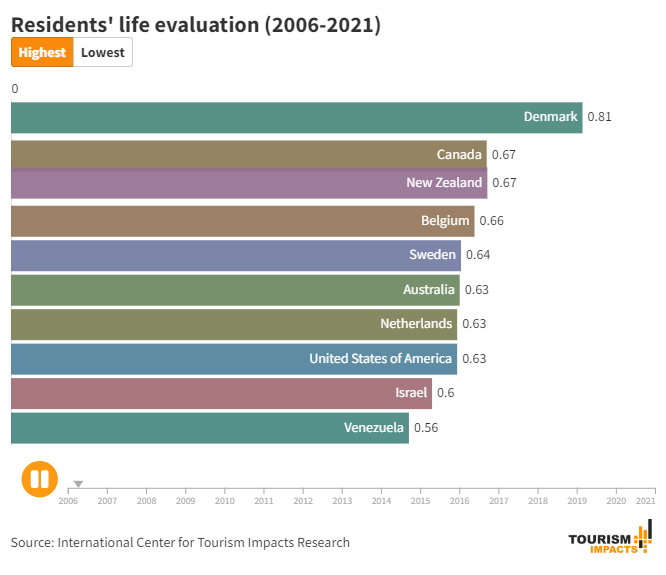Residents’ perceptions of air quality differ from actual pollution measurements and are influenced by socio-demographic, psychosocial, cultural, geographical, political, and other factors. For instance, lower levels of education are associated with a higher discrepancy between objective measures and perceptions. Women traditionally perceive the quality of air as poorer compared to men. Additionally, older people tend to perceive air pollution levels less accurately. Community attachment, media coverage, trust in local government, and social problems in the neighborhood also influence residents’ perceptions of air quality.










